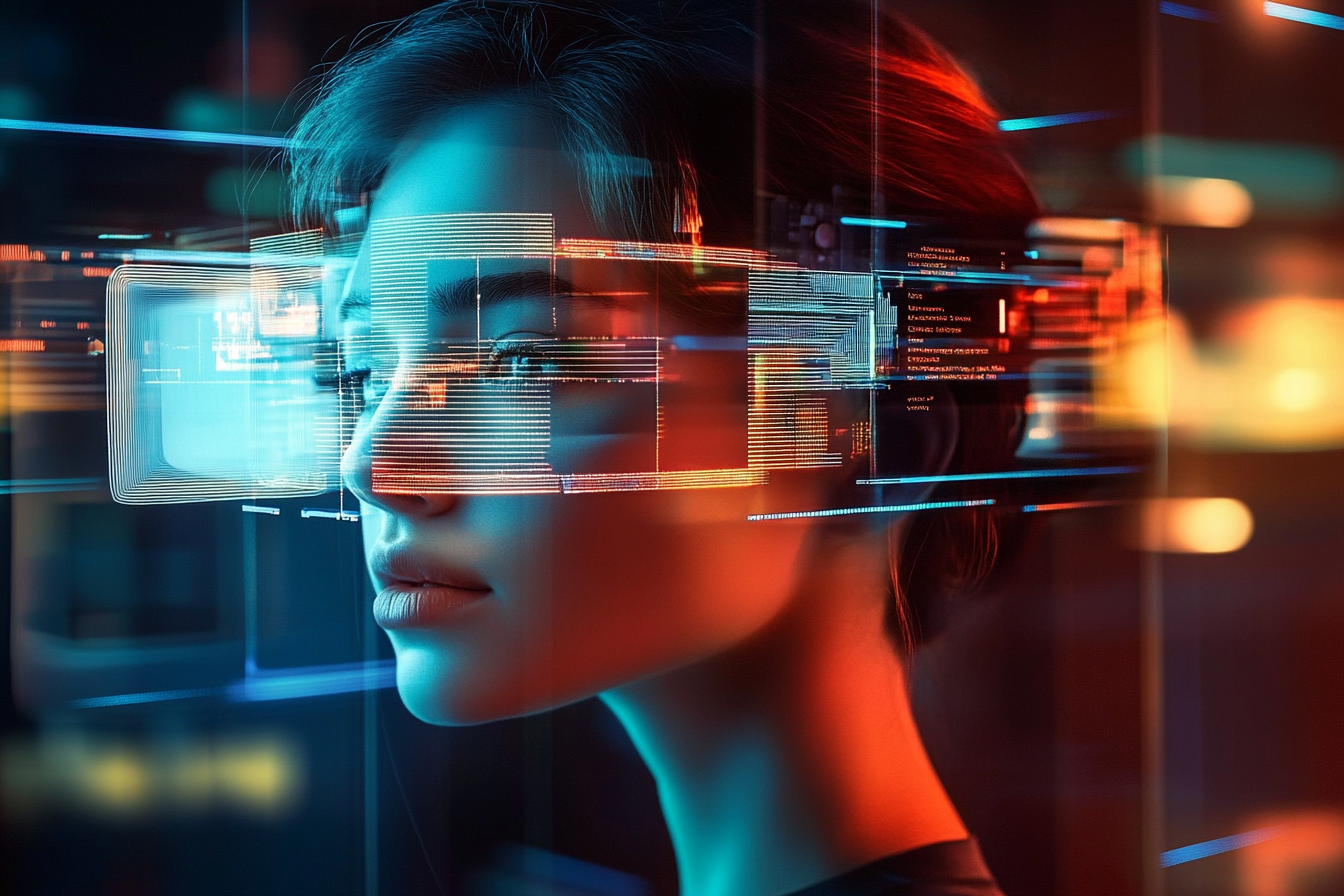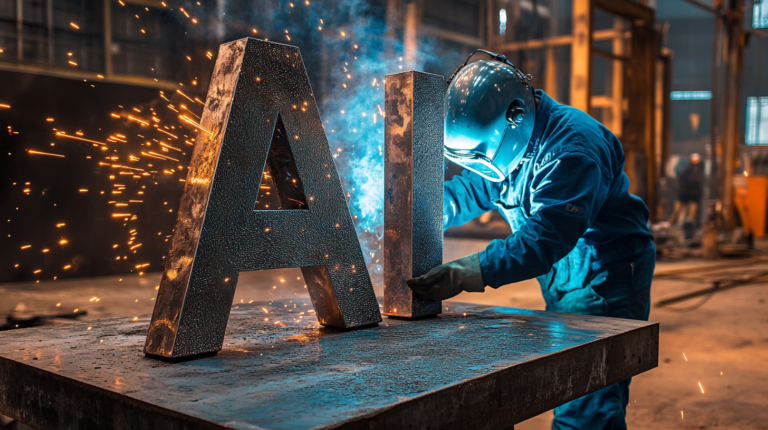Latest Innovations in AI Models for Imaging
Artificial intelligence (AI) has rapidly transformed the imaging industry, enabling groundbreaking advancements that redefine how we create, manipulate, and interpret visual content. Among the most remarkable contributors to this evolution are cutting-edge models like MidJourney, DALL·E, and Stable Diffusion. These AI-driven imaging models are not only expanding creative possibilities but also enhancing efficiency across numerous industries. In this article, we will explore the latest innovations in these AI models and their profound impact on the field of imaging.
The Evolution of AI Imaging Models
The journey of AI imaging models began with simpler algorithms that could barely process visual data. Today, we have highly sophisticated neural networks capable of generating photorealistic images, surreal artwork, and even animations. These advancements are the result of continual improvements in deep learning architectures, dataset training techniques, and computing power.
Generative Adversarial Networks (GANs): The Foundation
Generative Adversarial Networks (GANs) have played a pivotal role in shaping modern imaging models. GANs operate through two neural networks—a generator and a discriminator—that work together to create highly realistic images. This framework has been refined and adapted in models like DALL·E and Stable Diffusion, enabling the generation of visuals that were once deemed impossible.
MidJourney: Pioneering AI Creativity

MidJourney is a standout AI imaging model that bridges the gap between art and technology. It is particularly known for its ability to produce visually stunning artwork with minimal input from users. Here are the latest innovations that make MidJourney a game-changer:
- Enhanced Style Transfer: MidJourney’s advanced algorithms allow users to apply artistic styles to their images seamlessly, offering a wide range of creative possibilities.
- Customizable Prompts: Users can provide detailed prompts to generate highly specific outputs, making it ideal for branding, marketing, and personal projects.
- Real-Time Rendering: MidJourney now supports real-time rendering, enabling users to visualize their concepts instantaneously.
The impact of MidJourney extends beyond traditional art forms, as it is increasingly being utilized in industries such as advertising, gaming, and fashion design.
DALL·E: Redefining Image Generation

Developed by OpenAI, DALL·E has set new benchmarks in the field of AI-driven image generation. Its ability to transform textual descriptions into detailed visuals has opened up unprecedented opportunities. The latest updates to DALL·E include:
- DALL·E 3: This new iteration offers improved coherence and detail, allowing for the generation of complex scenes with intricate elements.
- Inpainting Capabilities: Users can edit specific parts of an image while maintaining overall consistency, making it a powerful tool for designers and photographers.
- Higher Resolution Outputs: The model now generates high-resolution images suitable for professional applications such as print media and digital marketing.
DALL·E’s versatility makes it a preferred choice for creating product mockups, illustrations, and even educational content.
Stable Diffusion: Advancing Visual Realism

Stable Diffusion has emerged as a leader in producing photorealistic images through its diffusion-based algorithms. Unlike traditional GANs, Stable Diffusion relies on a process of gradually improving image quality by reversing noise. Recent advancements include:
- Improved Noise Reduction: The model’s enhanced noise reduction techniques result in sharper and more detailed images.
- Semantic Understanding: Stable Diffusion’s ability to comprehend semantic nuances allows it to generate contextually accurate visuals.
- Open-Source Accessibility: Being an open-source platform, Stable Diffusion encourages collaboration and innovation, making it a favorite among developers and researchers.
From medical imaging to virtual reality, Stable Diffusion is driving innovation across a wide range of applications.
Applications of AI Imaging Models
The impact of these AI imaging models is far-reaching, with applications spanning multiple industries:
1. Healthcare
AI models like Stable Diffusion are revolutionizing medical imaging by enhancing diagnostic accuracy and enabling the creation of detailed anatomical visuals. These innovations are crucial for early detection and treatment planning.
2. Entertainment
MidJourney and DALL·E are being leveraged to create stunning visuals for movies, video games, and virtual reality experiences. Their ability to generate realistic characters and environments is transforming storytelling.
3. Marketing and Advertising
AI-generated imagery is becoming a staple in digital marketing campaigns. Brands are using tools like DALL·E and MidJourney to create eye-catching visuals that resonate with their target audience.
4. Education
From creating engaging educational materials to visualizing complex concepts, AI imaging models are enhancing the learning experience. They provide educators with tools to communicate ideas more effectively.
5. E-Commerce
AI-driven imaging tools are enabling online retailers to create product visuals that appeal to consumers. High-resolution, customized images generated by models like DALL·E are helping businesses improve conversion rates.
Future Trends in AI Imaging
As AI imaging technology continues to evolve, several trends are expected to shape its future:
- Integration with Augmented Reality (AR): AI models will play a key role in developing AR applications, making interactive experiences more immersive.
- Ethical Considerations: Ensuring ethical use of AI imaging models will be critical, with a focus on addressing concerns around misuse and copyright infringement.
- Improved User Accessibility: Efforts are underway to make these technologies more accessible to non-experts, democratizing creativity and innovation.
Conclusion
The latest innovations in AI imaging models like MidJourney, DALL·E, and Stable Diffusion are transforming the way we interact with visual content. These technologies are not only enhancing creativity but also driving efficiency across industries. As they continue to evolve, their impact on imaging will only grow, paving the way for a future where imagination knows no bounds.


